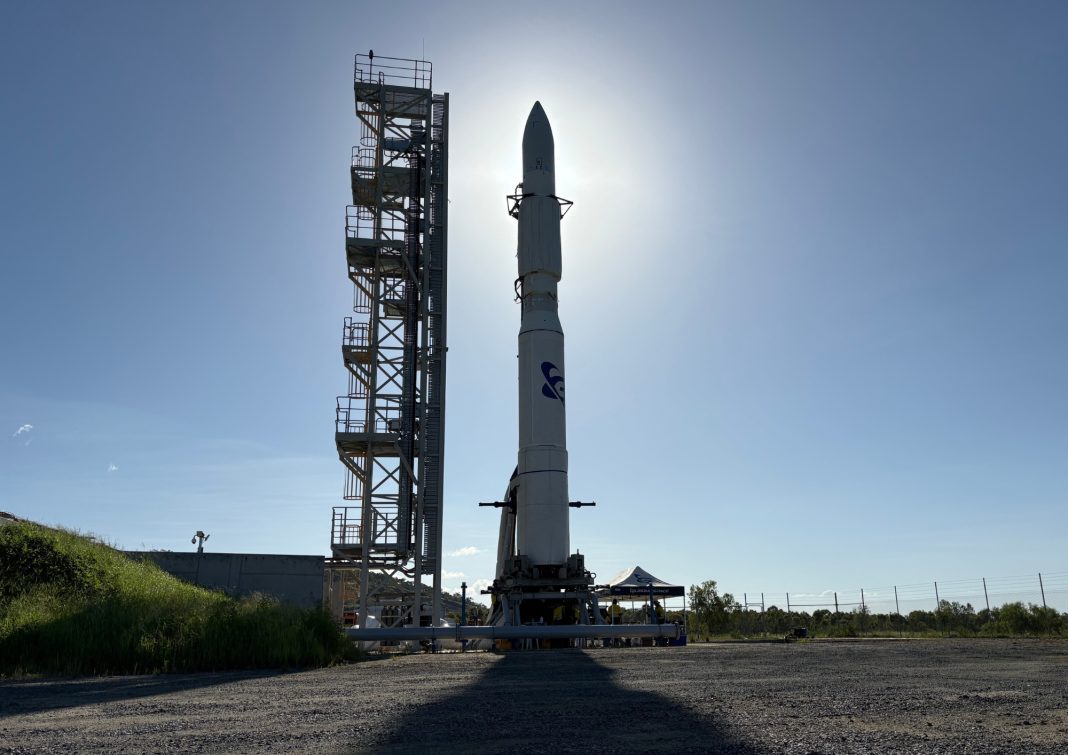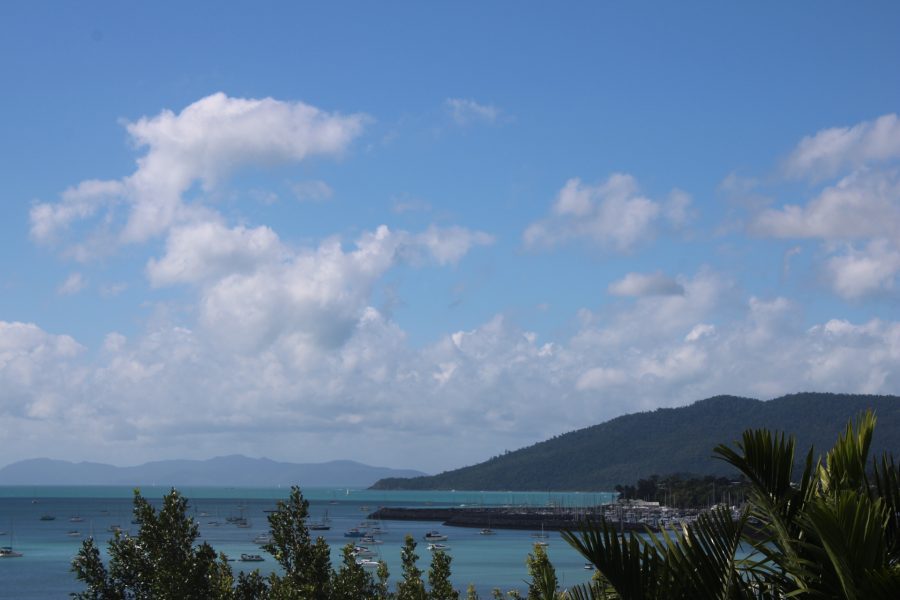LAUNCH history might be about to be made in Australia but Mother Nature is not playing ball!
Strong winds are playing havoc with the launch window for Gilmour Space Technologies Eris Test Flight 1, which was due to open last Thursday morning, at the company’s site, near Bowen.
Eris is a 34-tonne, three-stage rocket powered by a hybrid rocket engine and is the first Australian made rocket aiming for orbit from Australian soil.
But Mother Nature has had everyone at the Bowen orbital spaceport – and further afield – on tenterhooks this week.
On June 25 (last Wednesday) Gilmour Space issued a statement saying ‘the weather isn’t cooperating. We’re now targeting a narrow launch opportunity 𝗡𝗼 𝗘𝗮𝗿𝗹𝗶𝗲𝗿 𝗧𝗵𝗮𝗻 (𝗡𝗘𝗧) 𝗝𝘂𝗹𝘆 𝟭’.
NET is the global standard for sharing a provisional launch date — the earliest a launch could occur within an approved window.
The statement acknowledged that this date remained ‘𝗵𝗶𝗴𝗵𝗹𝘆 𝗱𝗲𝗽𝗲𝗻𝗱𝗲𝗻𝘁 𝗼𝗻 𝘄𝗲𝗮𝘁𝗵𝗲𝗿, 𝘄𝗶𝗻𝗱𝘀, 𝗮𝗻𝗱 𝗼𝗻𝗴𝗼𝗶𝗻𝗴 𝘁𝗲𝘀𝘁𝗶𝗻𝗴’.
By June 26 (Thursday) this had been put back to 𝗡𝗼 𝗘𝗮𝗿𝗹𝗶𝗲𝗿 𝗧𝗵𝗮𝗻 (𝗡𝗘𝗧) 𝗝𝘂𝗹𝘆 𝟮 for the start of the launch window ‘due to forecast winds impacting pre-launch preparations’.
On Monday, the launch window for TestFlight1 was pushed back yet again, with a statement saying ‘the winds aren’t in our favour’ and a new launch window start date of 𝗡𝗼 𝗘𝗮𝗿𝗹𝗶𝗲𝗿 𝗧𝗵𝗮𝗻 (𝗡𝗘𝗧) 𝗝𝘂𝗹𝘆 𝟯.
Co-founder and CEO of Gilmour Space Adam Gilmour said delays were ‘normal’.
“Rocket launches are complex….weather, range availability, regulatory clearances, final checks (and last-minute anomalies!) can all shift timelines,” he said.
“This is especially true for a first-of-its-kind test flight, where every major system is being flown for the first time.
“For orbital rockets that need to travel far through multiple layers of atmosphere, the real weather check goes all the way to the edge of space.”
Mr Gilmour said wind was a big consideration.
“Strong, high-altitude winds (especially sudden changes in speed or direction) can put dangerous stress on a rocket,” he said.
“Crosswinds lower down can affect stability just after liftoff, especially near ‘max Q’ — the point of maximum aerodynamic pressure.
“And surface winds can force delays, if they exceed safety limits for the rocket, ground support equipment, or crew.
“That’s why launch teams use weather balloons, radar data, and high-resolution atmospheric models to monitor conditions in real time.
“If anything’s off, we hold the countdown.”
Gilmour Space’s first launch attempt, on May 15, was halted when an electrical fault triggered the payload fairing system (the nose cone) during vehicle shutdown.
Thanks to strict safety protocols, the team were all safe and there was no damage to the rocket or the launch pad.
Follow Gilmour Space here gspace.com/missions for the latest updates.






